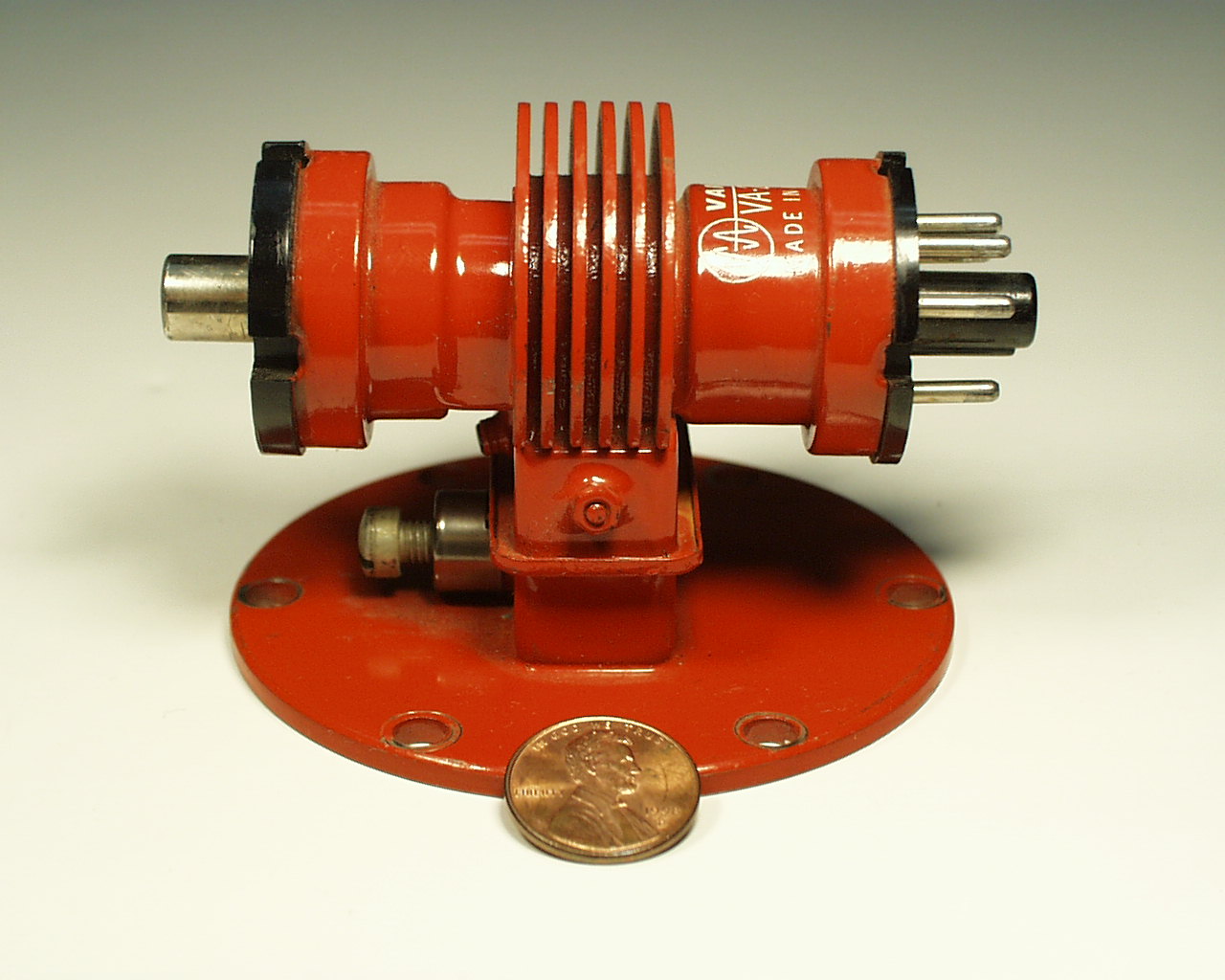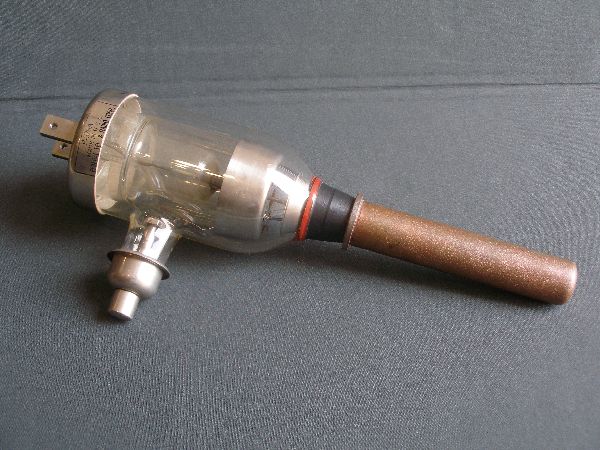patscc
Veteran Member
Gosh, I forgot all about dedicated multipliers. I feel old.
patscc
patscc
I have never seen an 8085 with a heatsink mounted on it. Most of those, particularly the HMOS II varieties were PDIP anyway, no? What good would a heatsink have done (epoxy has terrible thermal characteristics)?
The NMOS 8085s were CerDIP; the HMOS ones were PDIP. Still, we used the 8085 since its pre-production steppings and never needed a heatsink. What the heck was Bill Godbout doing to the poor thing to require one? How many boards did he use it on? I can only remember the 85/88 board.
I read a long time ago that the paste was quite a poor conductor as suspected; it's supposed to be used in the *very* thin film over between the CPU and heatsink to bridge any gaps between them due to neither being completely flat and the twisting moment of the spring.
Clearly an expert in installing heatsinks.Vegemite is, of course, an even less sensible choice for real purposes than toothpaste


Before selenium were copper-oxide rectifiers with a similar plate structure. High-power transmitting tubes have had some sort of heatsinking at least since the 1930s. here's a reflex klystron from 1937:



Before HP turned into the disaster is is today, they'd use plastic ducting to route the airflow from the power supply fan around the CPU heatsink. It made for a very quiet machine. I can't stand those little fans that eventually fail all too soon, but now it seems that I have little choice.
For years, I've used Permatex anti-seize compound instead of the more esoteric thermal greases. It appears to work just as well and is considerably cheaper. There's quite a bit on the web that demonstrates its excellent thermal characteristics.
Heatsinks have been used on semiconductor power devices such as transistors, diodes, thyristors and regulators for as long as those devices have been around. But I suspect that the CPU on your C64 is not one of them.
Yep, the C64 has thermal paste on the CPU, SID chip, and others. I can affirm to this as I took mine apart and cleaned it up. Didn't bother to reapply thermal paste yet until I replace the electrolytic caps.
I'm surprise no one else knows about this?

